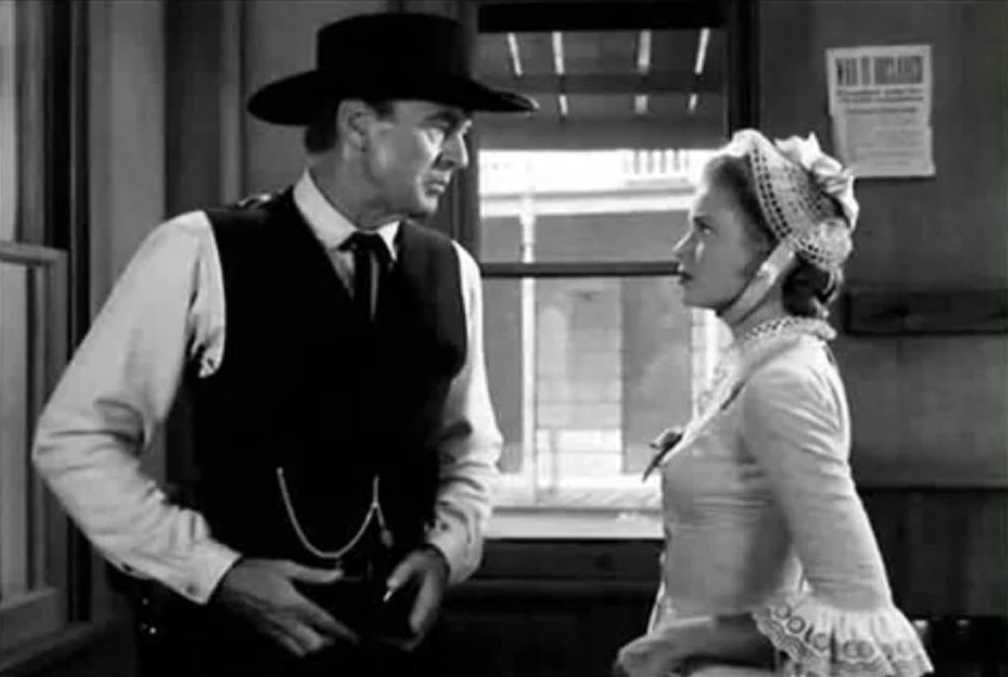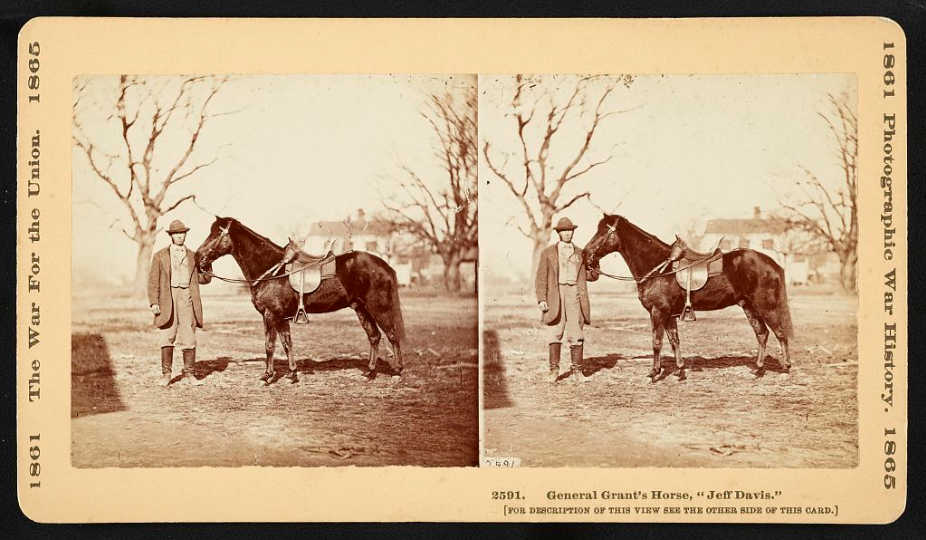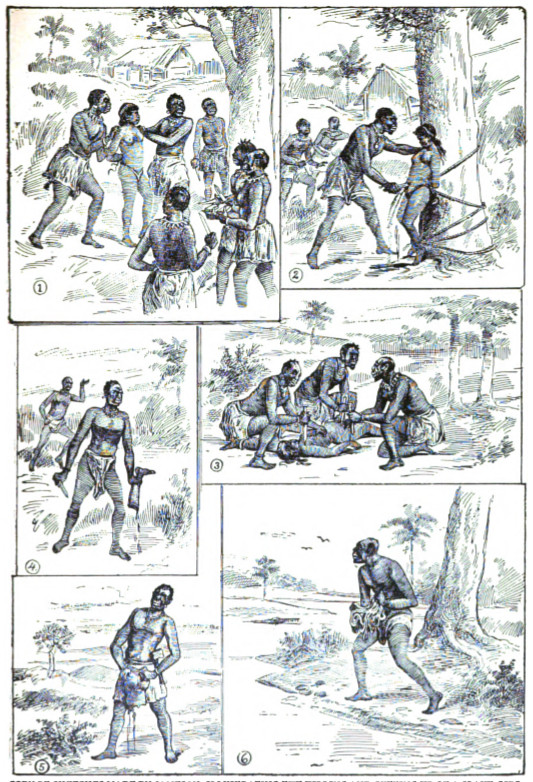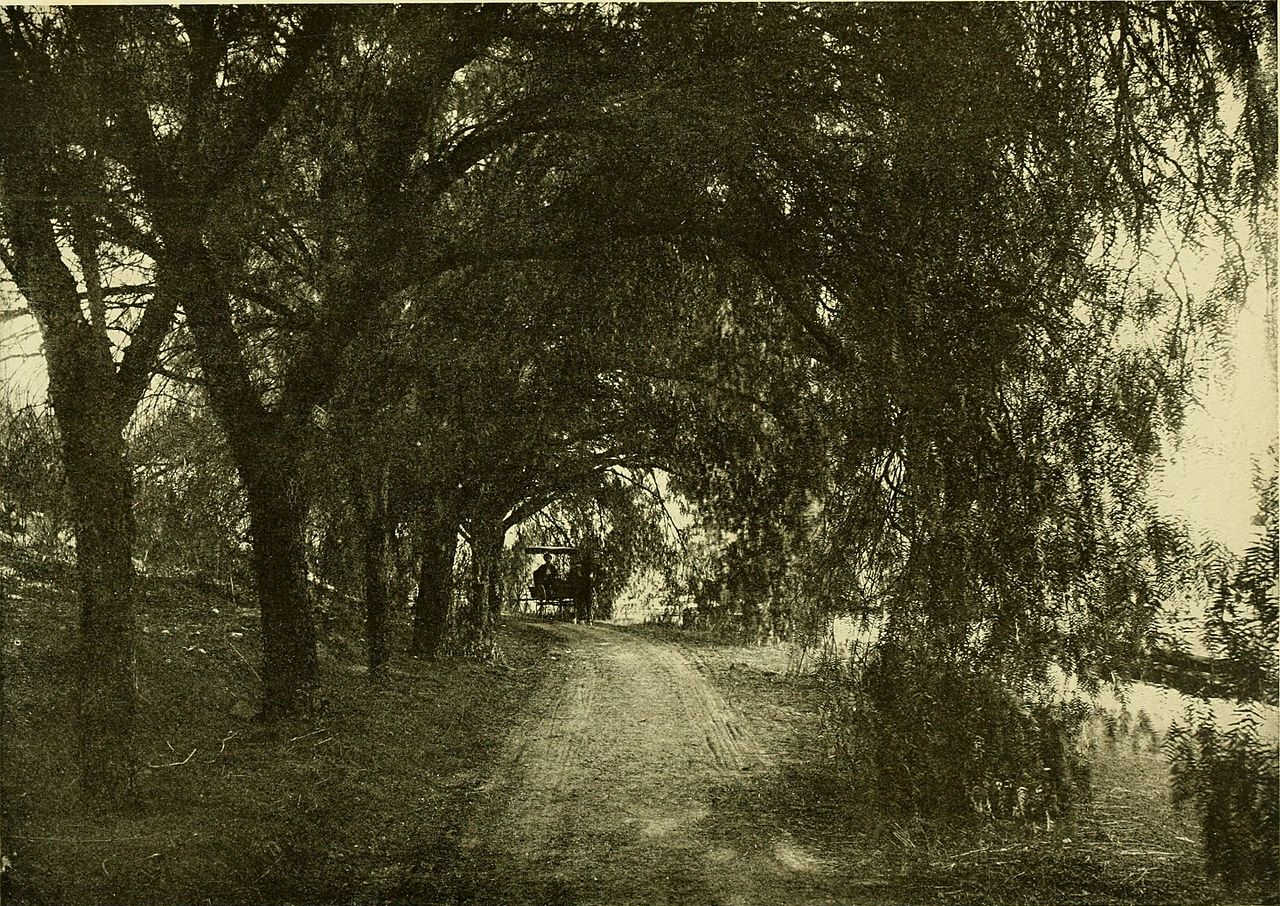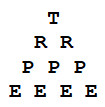
The Bronx Zoo unveiled a controversial exhibit in 1906 — a Congolese man in a cage in the primate house. The display attracted jeering crowds to the park, but for the man himself it was only the latest in a string of indignities. In this week’s episode of the Futility Closet podcast we’ll review the sad tale of Ota Benga and his life in early 20th-century America.
We’ll also delve into fugue states and puzzle over a second interstate speeder.

